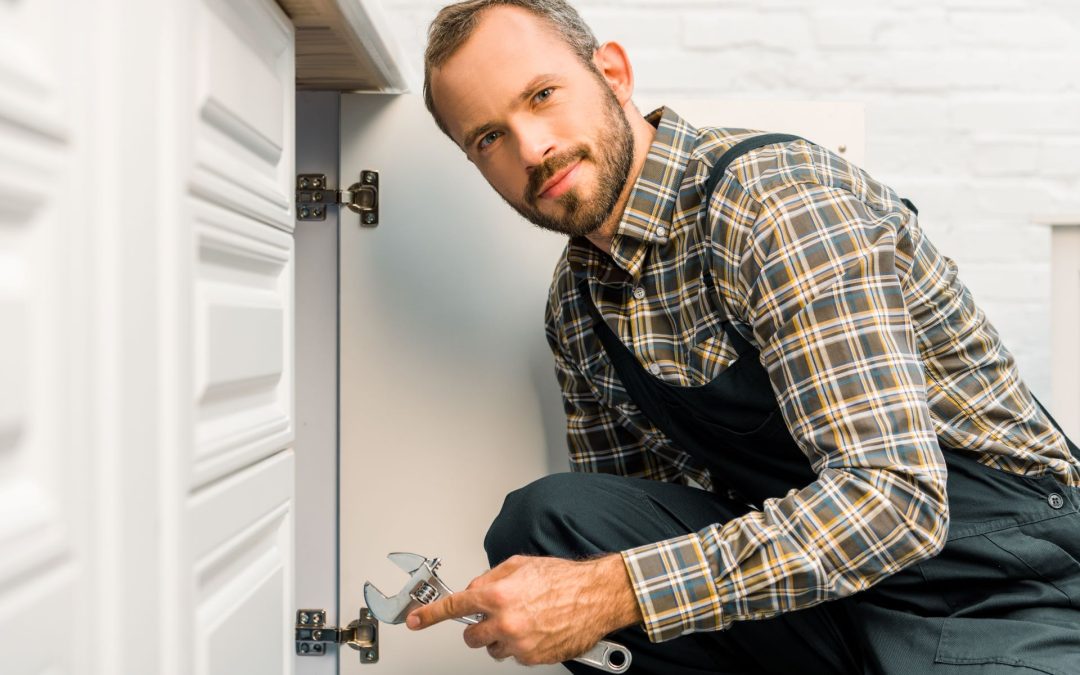Silent leaks in plumbing can be menacing for any homeowner, causing unseen damage and unnecessarily high water bills. Often, these leaks go unnoticed because they don’t leave the typical signs of dripping or puddling water. But at our company, we know just how critical it is to address these hidden issues promptly. Knowing how to detect and fix silent leaks is an essential skill for maintaining the health of your home’s plumbing system.
We often hear from customers who are surprised by their high water bills, unaware that silent leaks are the culprits. These leaks can occur in under-sink connections, toilet flappers, or even underground supply lines. Not only do they waste water, but over time, they can cause significant damage to building materials and even lead to mold growth. By empowering you with the knowledge to identify these leaks early, we aim to help you maintain a safe, efficient, and cost-effective household. Let us guide you through understanding, detecting, and addressing silent leaks, ensuring your home remains in top condition.
Signs You Might Have a Silent Leak
Silent leaks in your home can be elusive and potentially costly, yet many homeowners might not realize they have a problem until they notice a significant increase in their water bill. One clear sign of a possible silent leak is a consistent sound of running water when all taps are turned off. If you hear this and can’t identify a source, it’s time to investigate further. Another indicator is mysterious dampness, particularly in areas where plumbing is present, like walls near bathrooms or kitchens.
Additionally, checking your water meter can reveal hidden issues. If the meter continues to change while no water is being used, this almost certainly confirms a leak. We help homeowners understand these signals and recommend keeping a regular check to catch any abnormalities early. By being vigilant and recognizing these early signs, you can address leaks before they escalate into more serious problems and lead to water damage in your home.
Step-by-Step Guide to Detecting Silent Leaks in Your Home
Detecting silent leaks requires methodical steps to ensure you identify and resolve the problem efficiently. First, we recommend shutting off all water-using appliances and fixtures in your home. Once everything is turned off, observe your water meter; if it continues to move, that’s a tell-tale sign of a leak. Note the meter’s position, wait for an hour with no water usage and check it again. Any change in the meter reading indicates water loss.
Following the meter test, inspect common areas where leaks go unnoticed. Check under sinks, behind toilets, and around appliances like dishwashers and refrigerators. Utilize dye tablets or a few drops of food coloring in toilet tanks; if you see the color seeping into the bowl without flushing, there’s a leak in your toilet flapper. Systematically addressing each possibility ensures thorough assessment and helps pinpoint exactly where issues are occurring, allowing for proper fixing and prevention strategies.
Common Causes of Silent Leaks and How to Address Them
Silent leaks, while inconspicuous, can cause significant damage if left unaddressed. Understanding the common causes is the first step toward prevention. One prevalent issue we encounter is the deterioration of toilet components, such as flappers and fill valve assemblies, which can lead to continuous water flow. These components can wear out over time and may not fully seal, causing water to leak silently. Immediate replacement of these parts can stop the water loss and prevent further damage.
Another frequent cause is the aging of water supply line hoses connected to appliances like washing machines and dishwashers. Over time, these hoses can weaken and crack, leading to small, undetected leaks that can silently waste water and damage your home. We advise regularly inspecting these hoses and replacing them every five years as a preventative measure. By addressing these common issues promptly, you can considerably reduce the risk and impact of silent leaks in your home.
Preventative Measures to Avoid Future Silent Leaks
To further safeguard your home against the risks of silent leaks, we recommend a proactive approach with several preventive measures. Firstly, consider installing a water leak detection system. These systems monitor the flow of water through your pipes and can alert you to abnormal usage, which might indicate a leak. Installing these devices can provide peace of mind and prevent costly repairs by catching leaks early.
Regular maintenance checks are crucial. We offer comprehensive inspections and maintenance services that cover all aspects of your home’s plumbing system, from pipes and faucets to appliances and sewer lines. During these checks, we look for early signs of wear and potential weaknesses in the system that could lead to leaks. Addressing these issues during routine maintenance can prevent them from evolving into serious problems.
In Conclusion
Silent leaks can be a tricky problem, often going unnoticed until they cause significant damage. By understanding their common causes and taking preventive measures, you can protect your home and save on unnecessary water costs. Regular inspections and maintenance are your best defense against these hidden hazards.
If you suspect that you might have a silent leak, or if you want to take proactive steps to safeguard your plumbing, contact us at Midlothian Plumbing. Our team of local plumbers is equipped with the expertise and tools to ensure your plumbing system is efficient and leak-free. Don’t let silent leaks disrupt your home—let us help you keep your plumbing in top condition.



I have a leak and my water company told me to give you a call